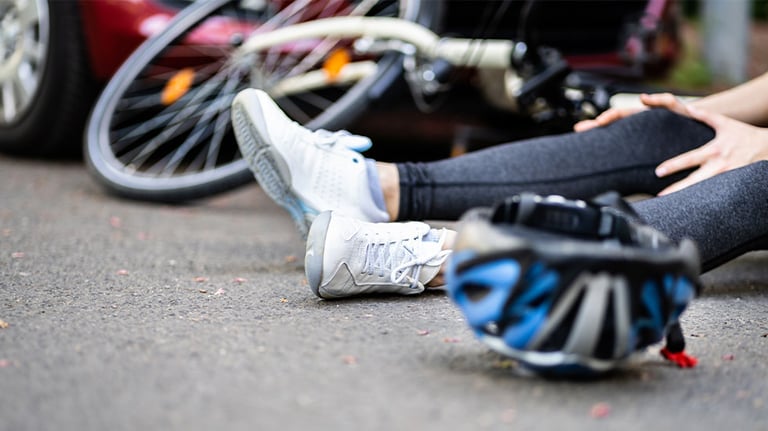What is Liability Insurance?
Understanding liability insurance, what it is used for, and whether you should have coverage


If you cause an accident or someone is injured on your property, you could be found legally responsible for any resulting expenses, including medical bills and legal bills. Liability insurance coverage can help provide protection in these circumstances.
Liability insurance protects your finances if you’re responsible for property damage or injury to someone else. This coverage is standard with most auto and homeowners’ insurance policies and may be referred to as “auto liability coverage” or “personal liability coverage.” Knowing what the policy covers and what limits apply can ensure you have the proper safeguards in place for the unexpected.

What does liability insurance cover?
If you’re liable for someone else’s injuries or property damage, liability insurance coverage may apply. For example:
- Auto liability coverage (car, motorcycle, RV, boat, etc.) will cover medical bills for injuries you cause to someone else, damage you cause to other vehicles or someone else’s property (like a mailbox) while driving, and legal expenses for accident-related lawsuits.
- Personal liability coverage (homeowners, renters, condo, etc.) will cover medical bills for injuries to others that occur on your property (like if someone slips and falls down your stairs), damage to other people’s property that you’re responsible for, and legal expenses for lawsuits related to those injuries or property damage.
Liability insurance does not cover your own injuries or property damage, and only applies in situations where you are legally responsible for damages to someone else. Note that some policy limits may apply; in this case, you may be required to pay out-of-pocket expenses if the costs exceed the insurance policy’s limits. Check your policy details or talk to your insurance agent to learn more.
How much liability coverage do I need?
You should have enough liability coverage to ensure your assets are protected if you’re held legally responsible for someone else’s injuries or property damage. Typically, this limit should match (or exceed) your total net worth.
Coverage limits for auto liability coverage are typically represented by three numbers, which represent how much you’re covered for bodily injury per person, bodily injury per accident, and property damage per accident (for example, 100/300/100, or $100,000/$300,000/$100,000).Z For personal liability coverage, you typically choose one total limit, usually ranging from $100,000 to $500,000.

Should I have liability insurance coverage?
Most states require auto liability insurance, and you’re typically required to carry the same amount of coverage on your motorcycle and RV insurance policy as you do your car insurance.
There are no legal requirements for personal liability coverage, but mortgage lenders typically require borrowers to purchase homeowners’ insurance, which includes personal liability coverage. Additionally, many landlords and property owners require renters to carry renters’ insurance, which includes personal liability coverage. Some may have requirements for how much you have to carry so check with your lender or landlord.
Even if you aren’t required to carry liability insurance, it’s worth considering for peace of mind in the event of an accident. Talk with your insurance agent about your coverage and limits and what may be right for you.
